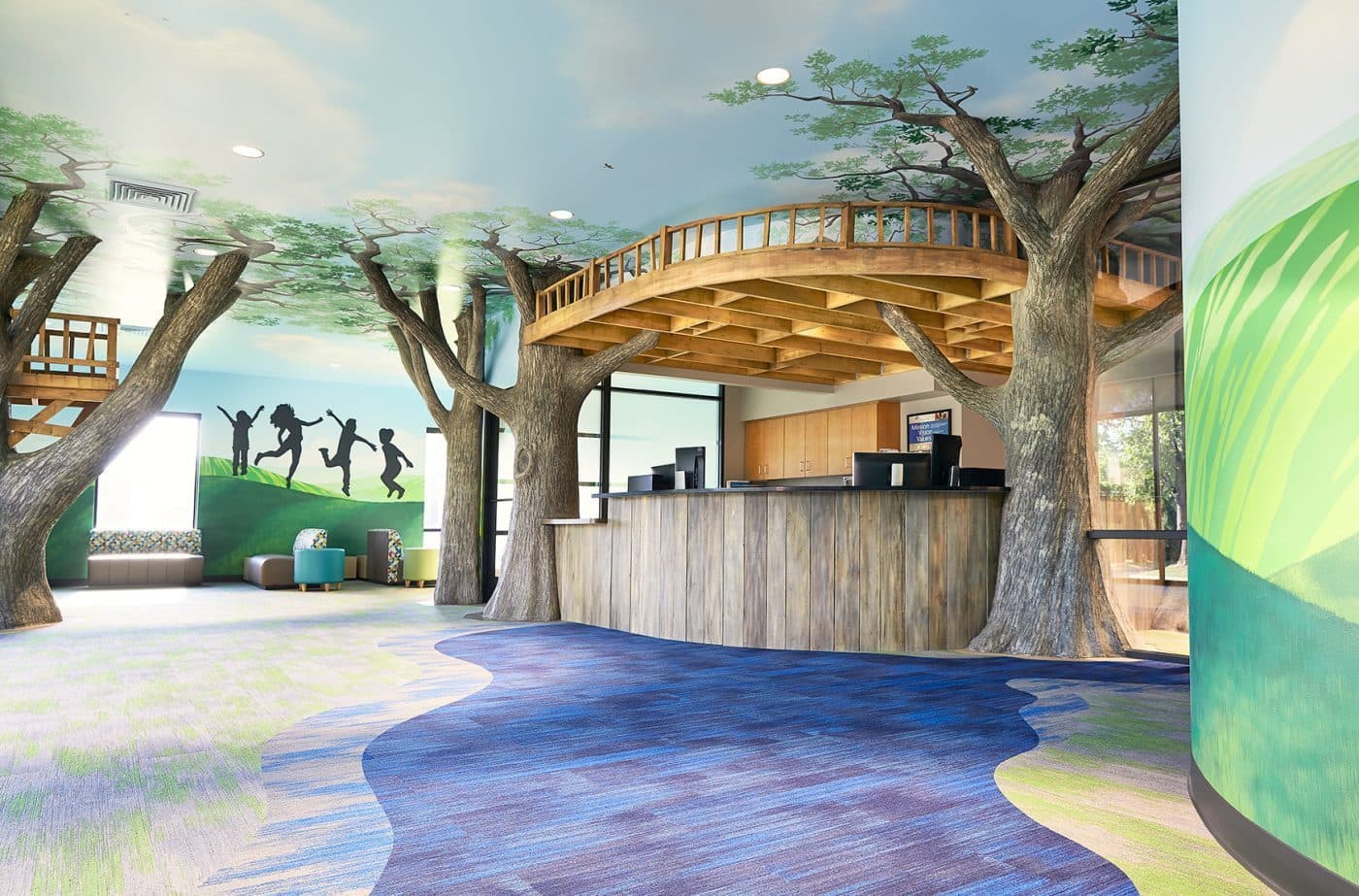The 5 Benefits of Design-Build vs. Design-Bid
Full CircleYou don't want to waste money on your project, right? Is it better to get multiple bids or get it done right? Find out the best approach for your next building project.
No one wants to waste money, right? So, it seems intuitive then that any team or committee tasked with building or remodeling a facility would get multiple bids from well-respected contractors, designers, and architects as the starting point of their project. That just seems like good stewardship. To not do so would feel like you’ve not done your due diligence and have somehow shirked the responsibility entrusted to you by those who appointed you to your position.
As well-intentioned as this approach sounds, the results are often exactly opposite of what the team is hoping to achieve. Hiring one firm to design your facility, another firm to build it, and a third firm (or multiple firms) to integrate your technical components, is a recipe for change orders, delays, and cost overruns. It also opens the blame game where each firm is pointing their finger at the other firm saying, “it’s all their fault.” It might be hard to find who’s actually at fault but one thing is very clear; it will be the client that ends with the escalating costs and delays that inevitably come from this approach. It’s the client who ends up living with the potentially dysfunctional space for years to come. It is just an inevitable part of this process that used to be very common. This construction method is known as the Design-Bid model. Fortunately, there is a better way.
The Design-Build approach provides five benefits that deliver your project on time and on budget: Let’s examine briefly each of these components of the Design-Build method.
1. High Quality End Product
Start with the end in mind. What goals are you trying to achieve with this project and why? Building a new building or renovating an existing structure is always tied to a greater purpose. The most important “quality” question is “Does the end product allow us to achieve our greater purpose?” That’s the most important thing. If we miss this, it doesn’t matter what we paid for it. Next, you want every element of the project to work together seamlessly as a comprehensive unit. That’s where the Design-Build approach really makes sense. By having one team integrating all the components together from the design phase to working through logistics of construction, you eliminate confusion between the trades, and you end up with a higher quality end product.

CoxHealth Pediatric Unit
2. Guarantee Pricing
Most building design committees are concerned that the project is going to run into cost overruns which stall the project or require them to acquire additional funding. This is common in the Design-Bid approach because change orders are how contractors and subs make their money. The Design-Bid method is banking on change orders. In the Design-Build approach, the project price is guaranteed on the front end. This puts the committee in the driver’s seat. Once the price is set, the only one who can increase the budget is the committee. The Design-Build approach saves the client significant money because they are not having to pay multiple design firms. It eliminates the usual conflicts between architects, builders, and subcontractors because there is a single source of accountability.
3. Single-Source Accountability
At Paragon, we call this the “one hand to shake and one call to make” approach. By having one company guaranteeing the end result, it takes the committee out of the role of referee in determining who is the one responsible for a mistake. If something is inadvertently overlooked, in the Design-Build approach the Design-Build firm is responsible. In the Design-Bid approach, the contractors start pointing fingers and the committee is left in the unenviable role of determining who dropped the ball. This always costs the client more money and wastes valuable time... which in turn, costs even more money.
See Why Clients Prefer the Design-Build Approach
4. Timeline Management
Hands down, Design-Build is the fastest approach to completing a project. By streamlining the trades, the usual construction delays are eliminated. There are fewer cooks in the kitchen which allows for better scheduling, less steps in the process, and an easier time obtaining materials. The decision tree is greatly simplified which allows for fewer meetings and shorter turnaround times for critical information. Both time and money are saved because there is better communication between the building committee and the design-build company.
5. Open Communication
Lack of clarity and confusion often result in cost overruns and delays. With fewer cooks in the kitchen, the Design-Build approach allows for better integration between engineering, those doing the installation, and the end-user. At Paragon, open and direct communication with our client’s is essential to consistently delivering our projects on time and on budget. For the client, this reduces stress and makes the entire experience much more enjoyable. At the end of the day, the Design-Build approach is built on collaboration and trust, keeping the whole team marching in the same direction throughout the project.
Good stewardship is all about good management. When it comes to building a new facility or renovating an existing one, determining the appropriate project management philosophy is the critical first decision. Are you going to interview and hire numerous designers and contractors and hope for the best (design-bid) or select a company with a solid reputation for consistently delivering a high-quality product on time and on budget (design-build)? Making that determination is the right way to start a project.
Check out how we use our expertise to deliver a holistic design-build approach or get in touch to learn more.


